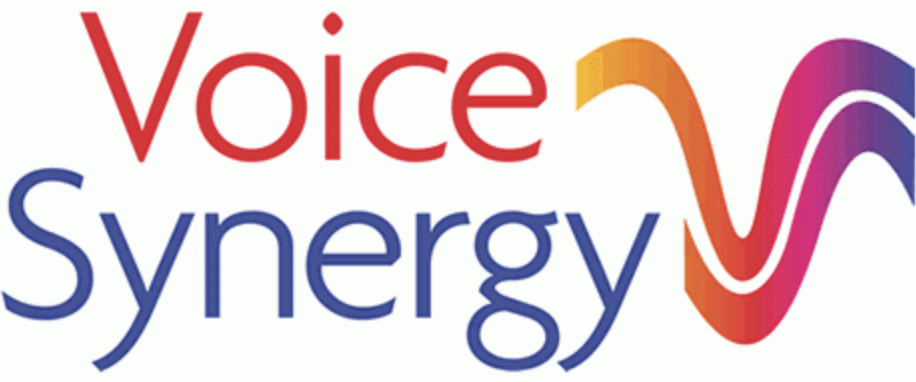
When we speak, a complex series of actions begin in our lungs, larynx and mouth. The voice is started; we can hear a sound, but just how do we get ourselves understood? Thanks to a sophisticated, complex dance which originates in our mouth, our speech can be recognised and enjoyed by those who are listening to us.
Our mouths are like a ballroom and the dancers that make our voices so clear and easy to understand, need training. Who are these dancers that live in the ‘Ballroom Mouth’ and how on earth can they be trained?
The dancers are our articulators – and through undergoing a series of exercises, these dancers’ muscles become agile, flexible and strong.
Dancers in our mouth go by the names of the tongue, the soft palate, the lips and the teeth. Now, of course, the teeth cannot be flexible, but they play a key support role in their ‘Paso Doble’ in partnership with the lips and tongue.
Where would we be without our ‘TH’ the ‘f’ the ‘v’ if it wasn’t for our tongue and teeth? The teeth lightly join the tongue and together create the ‘th’ sound. The teeth balance on the lower lip to create the ‘f’ and ‘v’ sounds. These dancing articulators cooperate closely and meet in exactly the right place at the right time. You can hear their commitments to each other in our spoken words like “those three things are free, however, the thin feathers are very threadbare”.
Another collection of complex dance moves by our articulators are found in the partnership of the tongue (again) and the gum ridge (or alveolvar ridge) just behind your top teeth before your hard palate gets underway.
This dancing couple – this time the tongue tip and the gum ridge – get together for the equivalent of the free-form Foxtrot. The tongue tip joins with the gum ridge to make the sounds ‘L, N, D and T’ in varying shapes. Try this sentence, ‘Lovely Lily went unnoticed although no one knew and Lily didn’t mind.’ You will notice how much interaction goes on between your tongue tip and the gum ridge.
This week, one of my clients shared her thoughts with me about the work we are doing on her accent softening. “There’s so much going on inside the mouth with our tongue like a clock… it’s so sophisticated… it’s unbelievable. In short,” she said, “it’s very mysterious, very subtle and the nuances can be so difficult to grasp.”
I think it’s an excellent way to understand what’s happening inside our mouths as we shape our words. Once you understand that your articulators are there to work together to create different relationships with each other, it makes the task of improvement much easier.
To improve your articulation, it’s best to get help from a trained voice coach, but there are exercises you can do yourself to strengthen your muscles and develop flexibility.
One easy exercise to help strengthen your tongue:
- Drop your jaw, so your mouth is open and relaxed
- Touch the tip of your tongue onto the centre top of your lip
- Bend the tongue tip down to touch the centre of the bottom lip
- Return tongue tip to the centre of the top lip.
Take your time, move your tongue only (no closing your mouth to make it easier) and repeat this exercise ten times morning and evening.
There are plenty more exercises to develop your tongue’s strength and dexterity and help get it ready for the dance floor of the mouth!
The more flexible, strong and precise your articulators dance, the clearer the sound of your speech.
Client endorsement:
“It is a fantastic experience for me and I feel really grateful for this opportunity to work with you and it has enriched my live in so many ways.”
For more information on better articulation, clarity in speech or accent softening, please get in touch.
